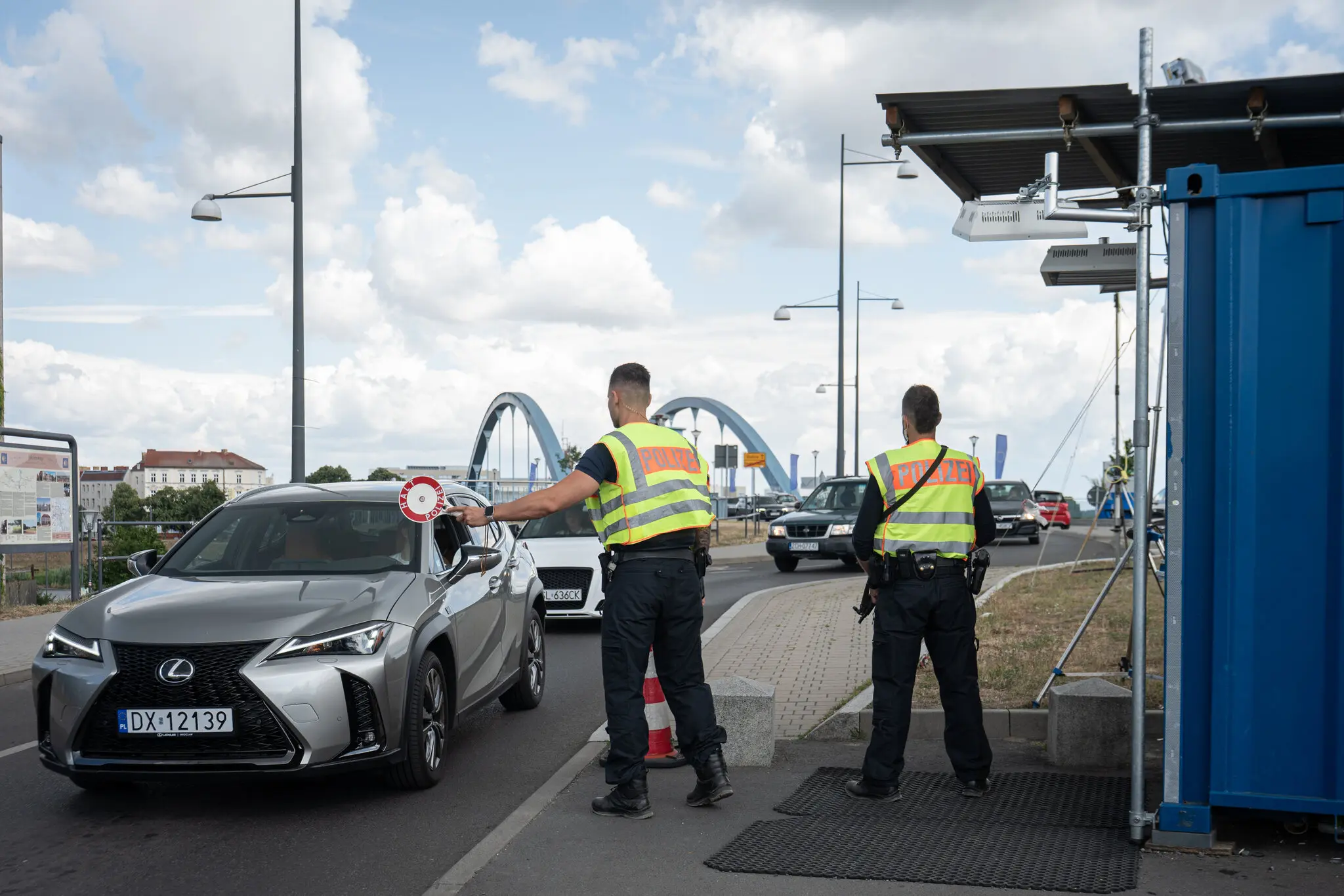The No. 983 bus braked shortly after it crossed the Oder River from Poland into Germany, easing inside a large tent and stopping. German police officers boarded, pulled off a man with gray hair and stuffed luggage for further inspection, then sent the driver on his way.
The delay took about eight minutes. It was an example of a headache that has quickly become routine for people crossing between the two countries as Germany makes a public show of cracking down on migration.
Amid a voter backlash over the millions of asylum seekers who entered the country over the past decade, German officials have thrown up checkpoints to search vehicles crossing their borders from all sides. Neighboring countries have followed suit, including Austria and, starting last week, Poland.
The checkpoints are beginning to undermine the ideal of free movement in the European Union. In a series of agreements beginning 40 years ago, members of the European Union effectively declared they would allow each other’s citizens to cross without having to clear border security.
But the pacts allow countries to temporarily reimpose border controls “as a last resort” in the event of a serious threat to national security or public policy. Germany, Poland, Austria, France, Italy and the Netherlands have all cited immigration concerns when reinstating border checks this year.
Enhanced checks have stopped 110 migrants per day on average from entering Germany since early May, when the new government under Chancellor Friedrich Merz tightened border security procedures, interior ministry officials said. That’s up from 83 per day in the first four months of the year.



